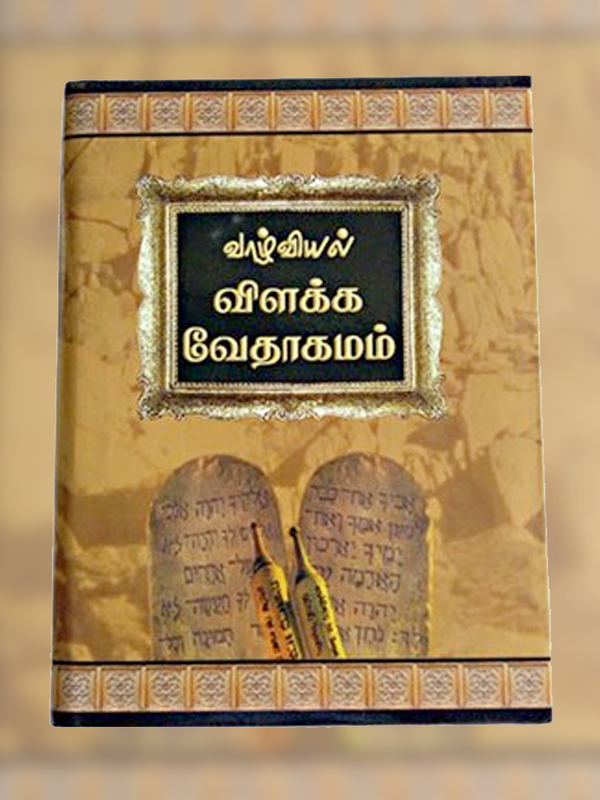

It was the Phoenician alphabet that was widely received and readily adapted throughout the Mediterranean world and the Levant, as it was only 22 letters based on sound, as opposed to the myriad of symbols in cuneiform and hieroglyphics prevalent at the time. Phoenicia (now Lebanon) was a peaceful sea-faring nation expert in navigation and trade that developed their alphabet circa 1400-1250 BC in an effort to communicate with their diverse trading partners that encircled the Mediterranean Sea. Furthermore, no original manuscript by the author of any biblical book has yet been discovered! Archeology has yet to discover the precise time that Moses lived and led his people during the Exodus from Egypt, or the actual script utilized by Moses to write the Torah. It is believed that Moses lived in the latter part of the second millennium BC, circa 1450-1200 BC. Hebrew tradition, the Torah itself, as well as Jesus and the New Testament writers named Moses as the divinely inspired author of the Law, Torah, or Pentateuch, which comprise the first five books of Hebrew Scripture: Genesis, Exodus, Leviticus, Numbers, and Deuteronomy (see the Book of Genesis). In contrast to other ancient civilizations, Hebrew Scripture referred to one God, the Lord God of Israel. Hebrew was the original language of the Israelites. They have similar characteristics, such as the presence of guttural letters formed in the pharynx or larynx a consonantal system with three-letter word roots to connote meaning and changes in the form or morphology of the word root through the addition of prefixes, infixes, and suffixes to determine the precise sense and function of the word. Phoenician, Hebrew, Aramaic, Syriac, and Arabic are all examples of Semitic languages. The word Semitic comes from the name Shem, named in Genesis (6:10) as the son of Noah, whose descendants lived in the Middle East.

This page is an introduction to the alphabet of Hebrew Scripture.


 0 kommentar(er)
0 kommentar(er)
